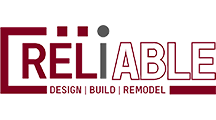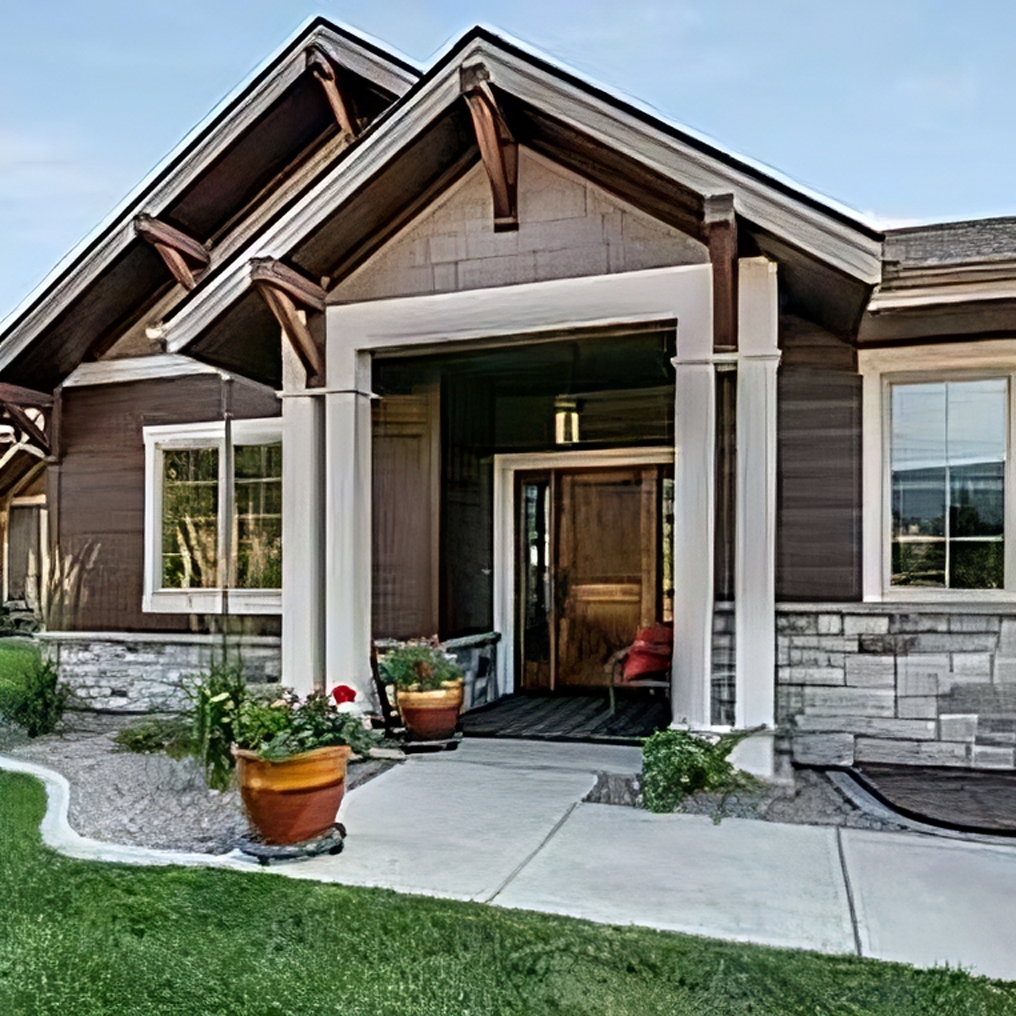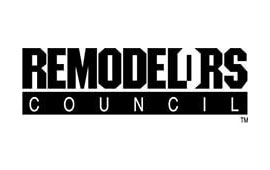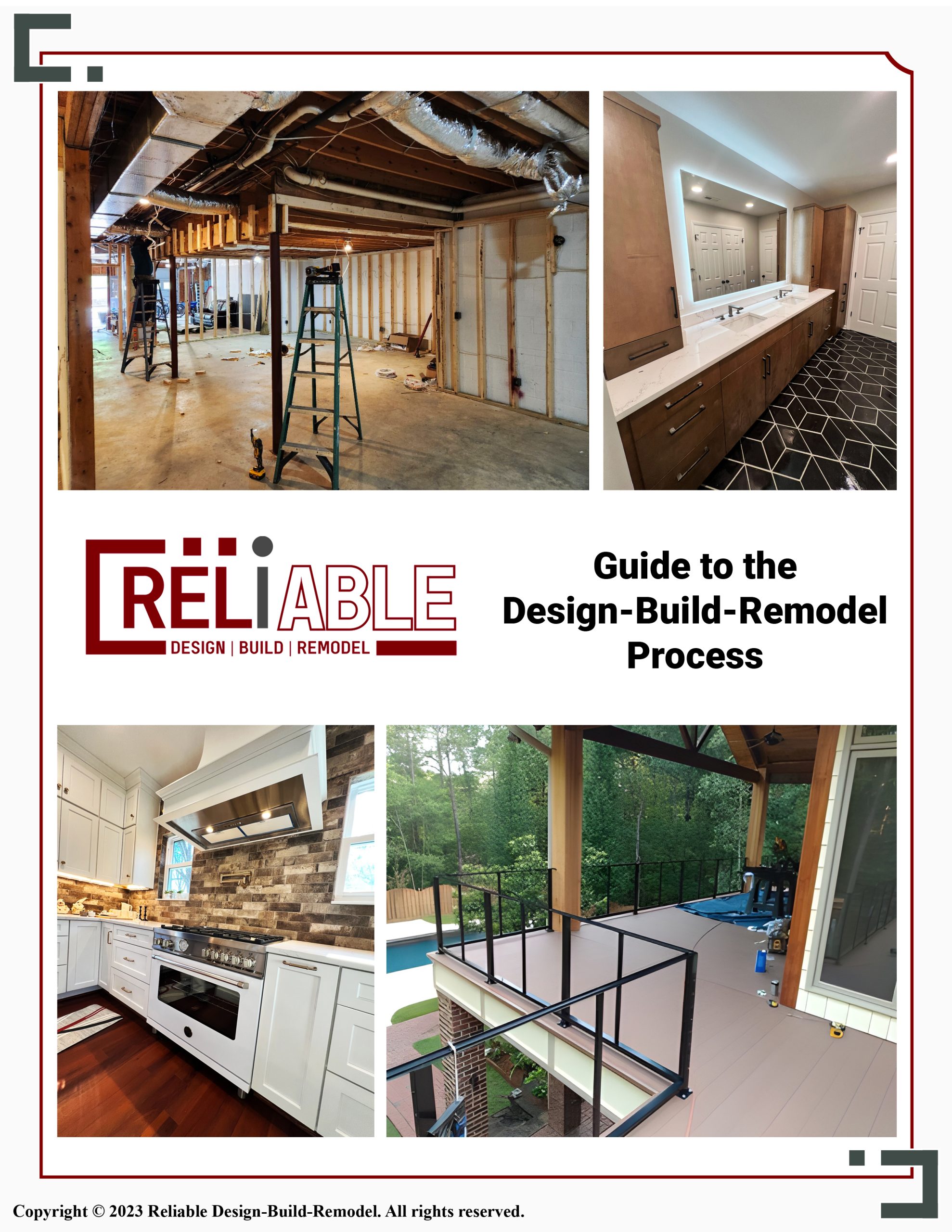Welcome to Reliable Design-Build-Remodel’s comprehensive exploration of the collaboration between an interior designer and contractors. In this article, we’ll delve deeper into their partnership, answering key questions and providing insights into how they work together to bring your vision to life.
How do interior designers and contractors work together?

An interior designer and contractors form a symbiotic relationship that is essential for successful project completion. The collaboration begins with the initial concept phase, where designers conceptualize the aesthetic and functional aspects of the space. They consider factors such as layout, color schemes, material selections, and furniture placement to create a cohesive design plan.
Once the design plan is finalized, contractors come into play to execute the project. They handle technical aspects such as obtaining permits, managing subcontractors, adhering to building codes, and overseeing the construction process. This collaborative approach ensures that the design vision is translated into reality with precision and attention to detail.
Throughout the project, designers and contractors maintain open communication, addressing any challenges or adjustments needed to stay aligned with the client’s vision. Regular meetings, site visits, and progress updates are essential to ensure a seamless workflow and timely completion of the project.
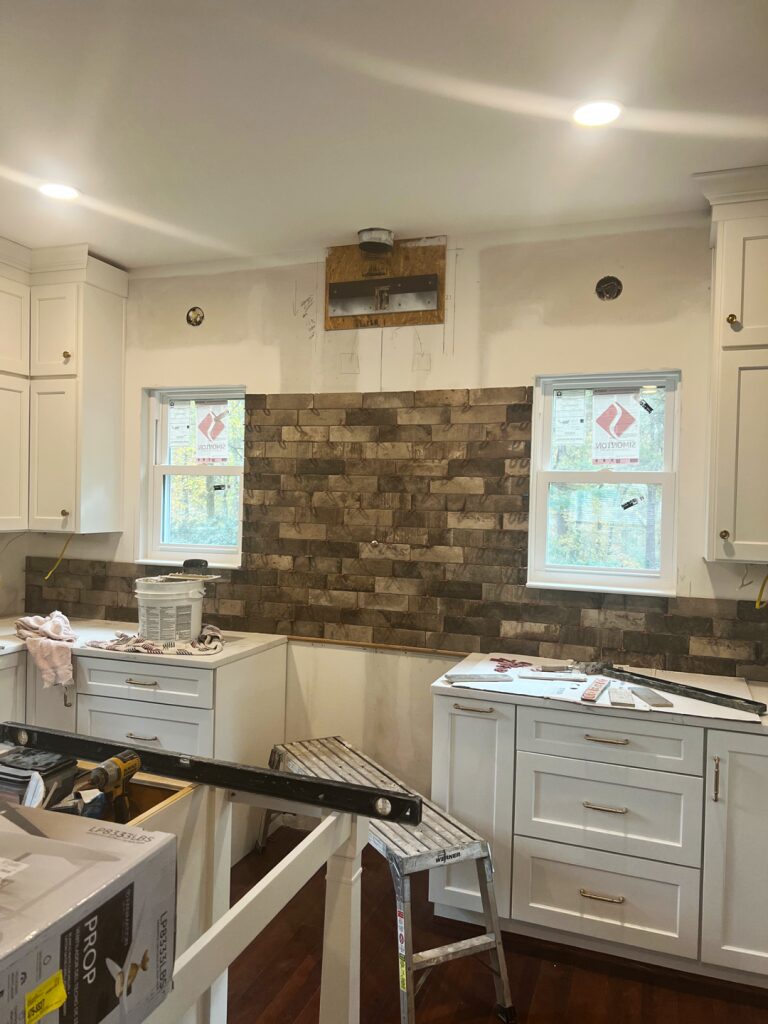
What is the difference between an interior designer and a contractor?
While both an interior designer and a contractor play vital roles in the construction and renovation process, their areas of expertise differ significantly.
Interior designers focus on the aesthetic and functional aspects of a space. They have a keen eye for design principles, color theory, spatial planning, and interior styling. Designers work closely with clients to understand their preferences, lifestyle needs, and design goals, translating these insights into a cohesive design concept.
On the other hand, contractors specialize in the technical and construction aspects of a project. They have in-depth knowledge of building codes, structural requirements, material specifications, and project management. Contractors oversee the implementation of the design plan, ensuring that construction meets quality standards, timelines, and budget constraints.
What is the relationship between contractor and designer?
The relationship between a contractor and designer is collaborative and synergistic. It relies on effective communication, mutual respect, and a shared commitment to delivering exceptional results for the client.
At the project’s onset, designers and contractors engage in collaborative discussions to align on design goals, budget considerations, and project timelines. Designers provide contractors with detailed design plans, including floor layouts, elevations, material specifications, and 3D renderings, to communicate the design intent accurately.
Throughout the construction phase, designers and contractors maintain ongoing communication to address any design modifications, unforeseen challenges, or client preferences. This collaborative approach fosters a sense of teamwork and ensures that the project progresses smoothly from concept to completion.
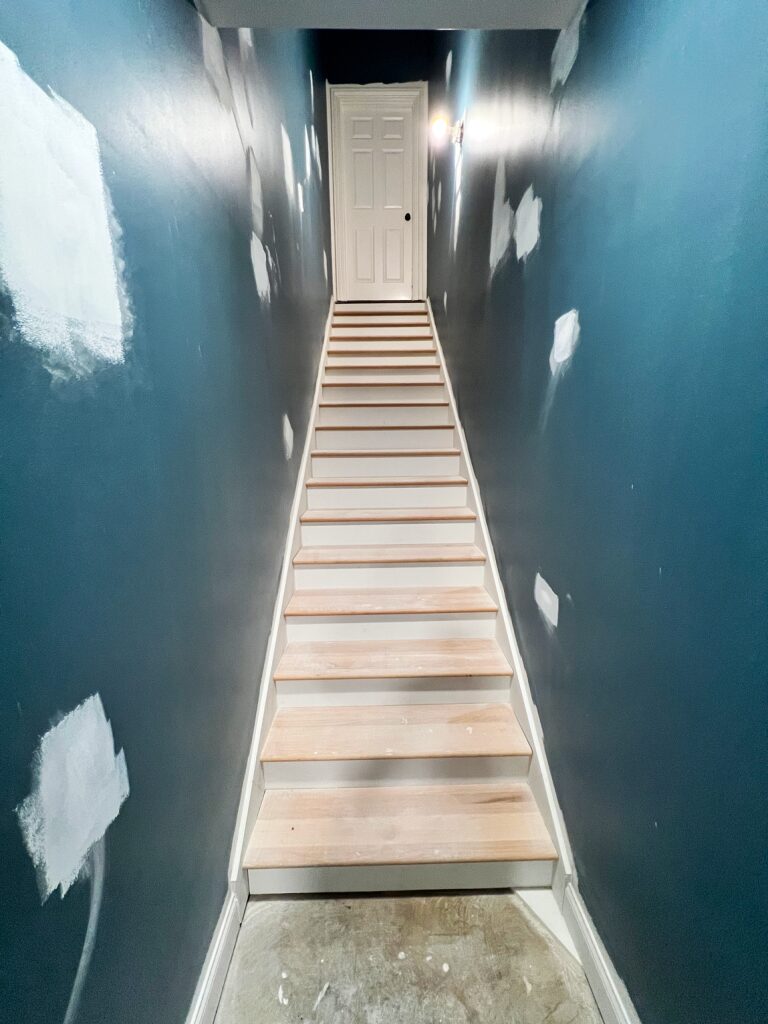
What is a contractor designer?
A contractor designer, also known as a design-build contractor, combines the roles of a contractor and designer into one integrated service. This streamlined approach offers several benefits for clients, including:
- Single Point of Contact: Clients work with a single team responsible for both design and construction aspects of the project, reducing communication gaps and streamlining decision-making processes.
- Cohesive Design-Construction Workflow: Design-build contractors ensure seamless coordination between design and construction phases, minimizing delays and optimizing project efficiency.
- Cost-Effective Solutions: By integrating design and construction expertise, design-build contractors can identify cost-effective solutions and value engineering opportunities, optimizing project budgets without compromising quality.
- Accountability and Transparency: Design-build contracts provide clarity regarding project scope, timelines, and costs, fostering transparency and accountability throughout the project duration.
Is it better to hire an interior designer or do it yourself?
The decision to hire an interior designer or embark on a DIY (Do-It-Yourself) project depends on various factors, including project complexity, budget, timeline, and personal preferences.
Hiring an interior designer offers several advantages:
- Professional Expertise: Interior designers bring specialized knowledge, creativity, and industry insights to the table, ensuring that your space is designed with functionality, aesthetics, and ergonomics in mind.
- Customized Design Solutions: Designers tailor design concepts to your unique preferences, lifestyle needs, and spatial requirements, creating personalized spaces that reflect your personality and style.
- Access to Resources: Designers have access to a network of suppliers, vendors, and craftsmen, enabling them to source high-quality materials, furnishings, and decor elements for your project.
- Time and Stress Savings: Designers manage every aspect of the design process, from initial concept development to final installations, saving you time, effort, and stress associated with project coordination and decision-making.
On the other hand, DIY projects may be suitable for individuals with DIY skills, budget constraints, or smaller-scale projects. DIY enthusiasts can tackle certain aspects of the project, such as painting, decorating, or minor renovations, to add a personal touch to their space.
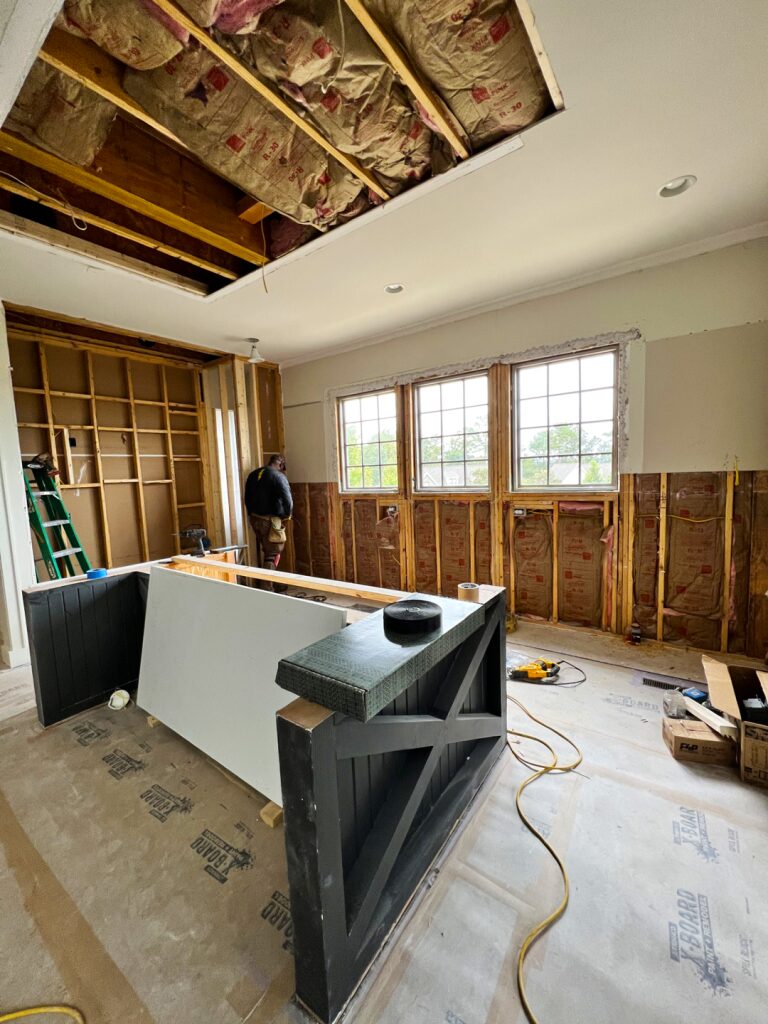
What is an interior contractor?
An interior designer and contractor specializes in interior construction and renovation projects, focusing on enhancing the functionality, aesthetics, and usability of interior spaces. Interior contractors collaborate with designers, architects, and clients to execute design plans, manage construction activities, and ensure quality craftsmanship.
Key responsibilities of an interior contractor include:
- Structural Modifications: Interior contractors handle structural modifications such as wall removals, additions, and structural reinforcements to accommodate design changes and improve spatial flow.
- Mechanical and Electrical Installations: Contractors oversee mechanical systems (HVAC) and electrical installations (lighting, outlets, switches) to ensure compliance with safety standards and building codes.
- Flooring and Finishes: Contractors install flooring materials (hardwood, tile, carpet) and finishes (paint, wallpaper, trim) according to design specifications, achieving a cohesive aesthetic.
- Cabinetry and Millwork: Interior contractors fabricate and install custom cabinetry, millwork, and built-in features to optimize storage, functionality, and visual appeal within the space.
- Project Management: Contractors manage subcontractors, schedule coordination, material procurement, inspections, and project documentation to ensure smooth project execution and timely completion.
Do interior designers draw house plans?
Yes, interior designers create detailed house plans that serve as blueprints for construction and renovation projects. These plans include:
- Floor Plans: Floor plans illustrate the spatial layout of rooms, circulation paths, furniture placement, and traffic flow within the space. Designers use symbols and annotations to indicate doorways, windows, built-in features, and room dimensions.
- Elevations: Elevations depict vertical views of walls, cabinetry, and architectural details, showcasing design elements such as wall treatments, moldings, shelving, and decorative features.
- 3D Renderings: Designers create 3D renderings or digital models that provide a realistic visualization of the design concept. These renderings show material finishes, lighting effects, furniture arrangements, and spatial proportions, allowing clients to preview the final look of their space.
- Mood Boards: Mood boards compile material samples, color swatches, fabric textures, and inspirational images to convey the design theme, color palette, and style direction for the project.
By creating comprehensive house plans, interior designers communicate design intent, facilitate collaboration with contractors, and guide construction teams in implementing the design vision accurately.

Do interior designers do drawings?
Interior designers produce various types of drawings and visual aids to communicate design concepts, specifications, and details throughout the project lifecycle. These drawings include:
- Concept Sketches: Designers create initial concept sketches or rough drawings to explore design ideas, spatial layouts, and furniture arrangements. These sketches serve as a visual brainstorming tool during the design development phase.
- Detailed Drawings: Designers produce detailed drawings, including floor plans, elevations, sections, and reflected ceiling plans (RCPs), to convey spatial dimensions, construction details, and design elements accurately.
- Construction Documents: Designers prepare construction documents that include technical drawings, material specifications, schedules, and notes for contractors and subcontractors. These documents guide the construction process and ensure adherence to design standards and quality requirements.
- Presentation Boards: Designers assemble presentation boards or digital presentations that showcase design concepts, color schemes, material samples, furniture selections, and decorative elements. These boards help clients visualize the overall design concept and make informed decisions.
By creating comprehensive drawings and visual aids, interior designers facilitate effective communication, collaboration, and project management, resulting in successful project outcomes.
What does an interior designer do in construction?
In construction projects, an interior designer and contractor play a pivotal role in coordinating design aspects, collaborating with contractors, and overseeing the implementation of design plans. Their responsibilities include:
- Design Development: Interior designers collaborate with clients, architects, and contractors to develop design concepts, space plans, material selections, and color schemes that align with project goals and client preferences.
- Material Selections: Designers specify and source materials, finishes, fixtures, and furnishings that meet design requirements, performance standards, and budget constraints. They consider factors such as durability, sustainability, aesthetics, and maintenance requirements during material selection.
- Design Coordination: Designers coordinate with contractors and subcontractors to ensure that design details, installations, and finishes are executed according to design specifications, quality standards, and industry best practices.
- Site Visits: Designers conduct site visits to monitor construction progress, address design-related issues, verify installations, and ensure that design intent is translated accurately in the built environment.
- Client Communication: Designers maintain regular communication with clients, providing project updates, addressing design inquiries, reviewing design options, and obtaining feedback to ensure client satisfaction and project success.
- Design Documentation: Designers prepare design documentation, including drawings, specifications, schedules, and procurement lists, to guide construction activities, inspections, and installations throughout the project lifecycle.

By actively participating in the construction process, an interior designer and contractor can contribute their expertise, creativity, and attention to detail, resulting in well-executed designs that enhance functionality, aesthetics, and user experience within the space.
Reliable Design-Build-Remodel is a full service general construction firm and remodeling contractor operating in the Birmingham metro and Jefferson and Shelby County areas and surrounding communities, including Birmingham, Helena, Chelsea, Mountain Brook, Hoover, Homewood, Montevallo, Alabaster, Vestavia Hills, and Pelham, with over 30 years of servicing our valued clients. Offering full service suite of general remodeling, design and build services. Our specialties include bathroom remodeling, kitchen remodeling, exterior renovations, interior renovations, painting, and more!
Visit us at reliablerem.com, and like and follow us on Facebook and Instagram!
